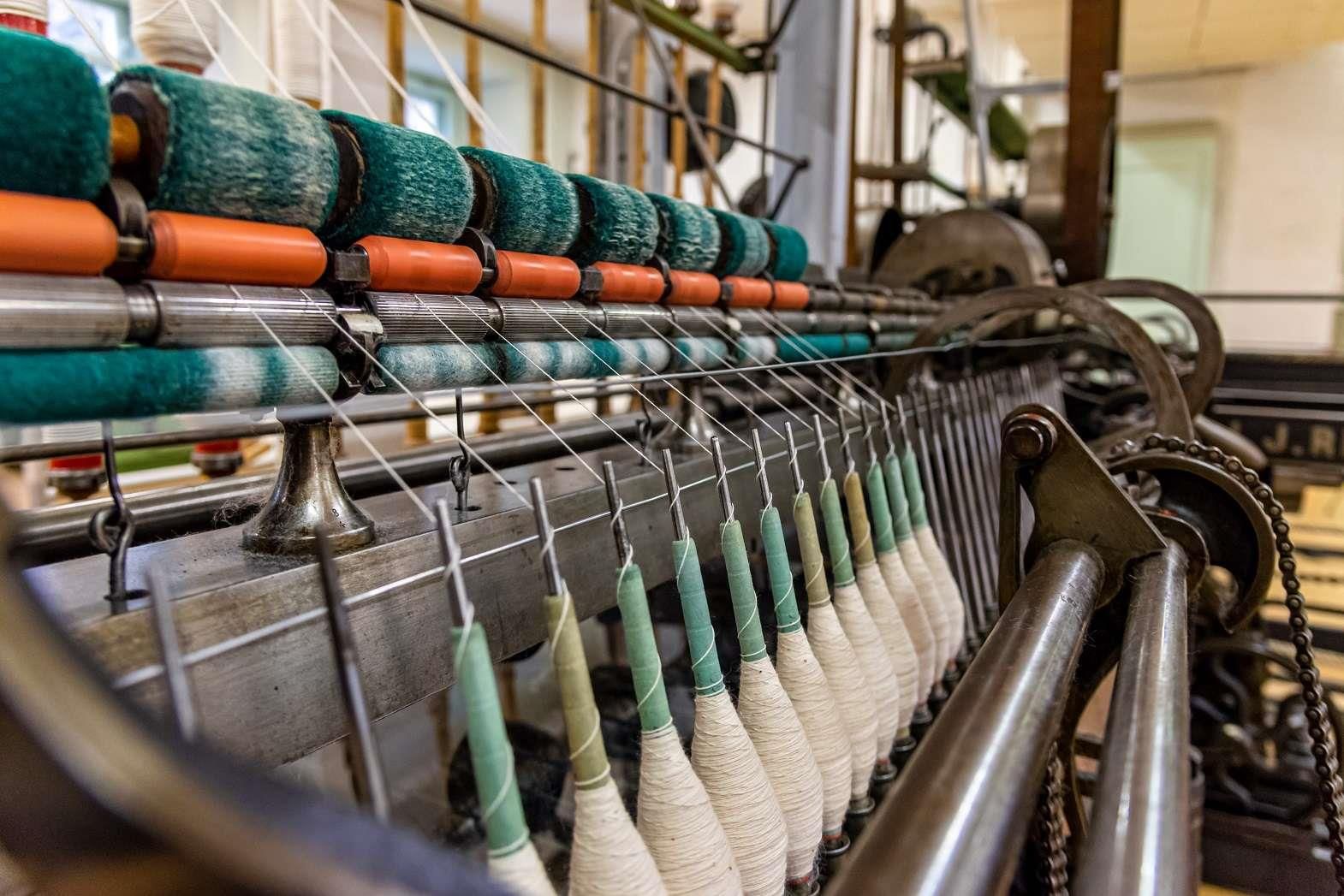Key data for the financial year 2011: The decline in exports of the Swiss textile and garments industry slowed in 2011, but exports were 5.2% lower by comparison with the previous year at CHF 2.99 billion. Imports were 1.1% lower at CHF 7.59 billion. The flatter decline in trade brought an increase in added value in 2011 by comparison with the previous year of 1.4% to CHF 1.19 billion.
Political challenge to the Federation: The Chairman of the Swiss Textile Federation, Andreas Sallmann, attaches particular importance to the requirement for the Federation to communicate its wishes and needs clearly in future and show an active commitment to an improvement of the background conditions. In his view, the textile and garments industry must benefit from a better economic policy environment at both national and international level. Transparency and the greatest possible legal certainty were essential, especially for SMEs. As an example, Andreas Sallmann described the very difficult situation prevailing in the Euromed zone and the continuing absence of any link-up with the West Balkan States. As a result, little or no use was being made so far of the opportunities held out by this bilateral agreement.
No further limitations: Flexibility and freedom to take decisions are two essential parameters for successful action in a difficult economic environment. The Swiss Textile Federation therefore firmly rejects the idea of State guaranteed minimum wages and the setting of an upper limit on remuneration. They would make the situation still more difficult without bringing any medium to long-term improvements for the workforce.
Further professional training: In the year under review, our Federation was again committed to enhancing the attractiveness of further professional training. The emphasis here was placed on individual responsibility and the maintenance of a smoothly functioning and innovative further training market without the imposition of new obstacles by State regulations and distortions caused by cross-subsidies.
Innovation in "Haute couture and Ready-to-wear": Following the review of the previous financial year, two member companies gave an insight into their current and innovative projects. Martin Leuthold, Art Director of the Jakob Schlaepfer Company, outlined The future of couture, while Emanuel Forster, CEO of the Forster Rohner AG company, reported on the "Forster Rohner Mood Board S/S 12".
This article was originally published in the "New Cloth Market", May, 2012.








Comments